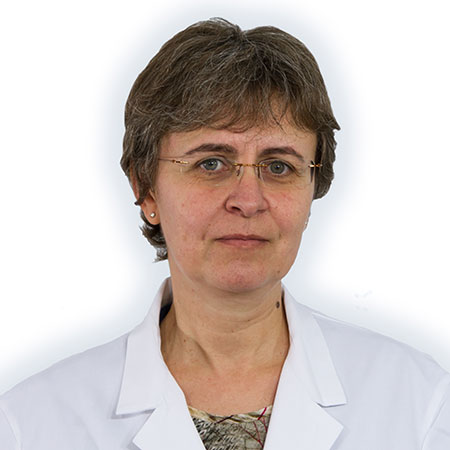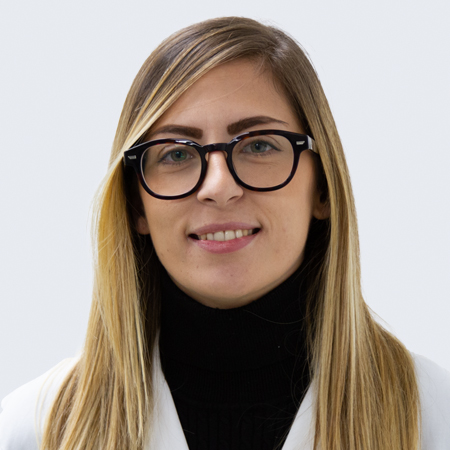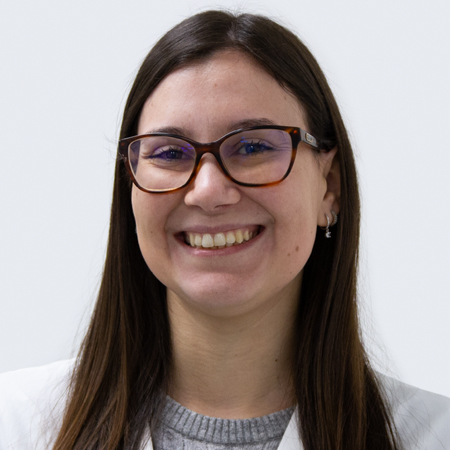Overview
The Proteomics and Metabolomics unit provides a full infrastructure for the identification, characterization and quantification of proteins, metabolites and lipids. The unit includes several instrumental platforms for the separation of those molecules starting from simple or complex samples. The proteomics, metabolomics and lipidomics analysis rely on state-of-the art mass spectrometry coupled with liquid chromatography (LC-MS/MS).
Service
Our activities can be divided into:
- Proteomics services
- Proteomics data analysis
- Metabolomics Services
- Lipidomics Services
Innovation
We are constantly updating our existing protocols, software and technologies to ensure the quality of our work. We continuously develop and improve new and existing protocols and tools and make them available for collaboration with researchers and customers.
Quality
Our facility keeps updated with and works according to the newest guidelines for quality assessment for proteomics and lipidomics , such as the:
"Lipid standards initiative guidelines"
"Universal Metrics for Quality Assessment of Protein Identifications"
"Recommendations for Mass Spectrometry Data Quality Metrics for Open Access Data".
Services
More technical information about the Proteomics & Metabolomics service
FAQ
This is a list of our most frequently asked questions:
Proteomics
Theoretically MS can identify at zeptomoles level, however the minimum amount required depends both on the sample and on the biological question that you want to address.
- For the identification of a single protein from gel band the minimum amount required corresponds to a band slightly stained with colloidal Coomassie (in the order of 10-20 ng).
We can also process Silver staining gel if it is the maximum quantity that can be obtained. - For the identification of proteins from complex mixtures (e.g. separated in a gel lane) the minimum amount is approximately 10 μg.
- At least 100 μl at a minimum concentration of 10 pmol/μl are required for the determination of the molecular weight of intact proteins (generally this is sufficient to have the determination of the molecular weight under denaturing conditions).
- At least 25 ug of protein is required for global proteome analysis from in-solution digestion.
- Larger quantities are required for the determination of post-translational modifications
We are able to obtain an unambiguous protein identification of one or more proteins from biological samples if we know the species of origin and any relevant details about how the sample was prepared (any known or suspected PTMs, modification of the amino acid sequence, was the sample from a 1D/2D SDS-PAGE gel, protein buffer, was the sample artificially modified by alkylation etc.).
SDS-Page gels should be shipped at room temperature in well-sealed container to maintain gel hydration.
Gel bands and in solution samples can be placed in eppendorf tubes and shipped on dry ice.
The composition of the sample lysis buffer depends on the solubility of the proteins of interest. It is suggested, when possible, to perform cell lysis in a "mass compatible" buffer such as urea buffer, in order to be able to proceed with in-solution digestion and obtain the best peptide recovery.
In case the protein extraction buffer contains components that can interfere with the MS analysis, such as detergents (e.g. SDS, Triton, NP40, Zwittergent, CHAPS,…), the samples must be loaded in to SDS-Page gel so to proceed with an in-gel enzymatic digestion; in solution samples can be processed with FASP or SP3 methods.
For the determination of the molecular weight the composition of the buffer is not too critical but it must not contain detergents; samples must be purified with StageTip C4 prior MS analysis
Angela Cattaneo e Giorgia Parodi
Cogentech c/o IFOM
Proteomics/MS Facility
Via Adamello 16
20139 Milan, Italy
We don't sequence proteins, we identify them. Identification by mass spectrometry is probabilistic, i.e. it is based on the best match between the theoretical spectrum contained in a database and the empirically measured one. The score assigned to this match, , and therefore the probability for the match to be right, depends on a number of parameters such as spectral quality, mass accuracy, the size of the database, and the algorithm used for database searching. In addition, the more peptides are assigned to a given protein, the higher the protein score will be.
A protein is considered identified if the software can correctly assign 2 peptides to this protein.
We identify proteins by matching spectra to protein sequences in a database. Thus, in principle, if a protein is not in the database it will not be identified.
We can identify the phosphorylation sites by proceeding with an enzymatic digestion of the proteins and carrying out an enrichment of the phospho-peptides with TiO2 and/or TiIMAC resins.
It is not unlikely that a single gel band contains several proteins of (almost) the same size, some of which may be below the detection level of the staining method used. Mass spectrometers by far exceed the sensitivity of coomassie and silver staining. Another reason of multiple proteins in a band is that proteins, expecially the most abundant ones, can smear all over the lane be degraded, so it is common that you find proteins of different molecular weight in your bands.
Most likely they were introduced during sample preparation, or (in case you used gels) during staining or cutting. Dust in the lab is the most likely source, so make sure you work in a clean area and use freshly prepared and filtered solutions.
For identification of proteins and PTM sites you will receive a.sf3 file of Scaffold with the information of the peptides assigned to each protein, the score, the sequence coverage and the annotated spectra of each identified peptide.
For the identification and relative quantification Label Free or Silac you will receive an excel file with the table of the proteins identified and the intensity values which will be normalized and subjected to statistical tests; from the statistical analysis you will receive the list of significant proteins and the data obtained will be graphically represented.
You will also receive a detailed email with a summary of the results and explanations of tables and graphs.
It depends on the service required and on the number of samples; results are usually delivered within two to three weeks from sample receipt.
Please contact us for costs, as these will vary from project to project depending on instrumentation used and analysis requirements.
Metabolomics and lipidomics
We usually prefer cell pellets or extracts from at least 1x106cells
It is preferable to have at least 20-30mg
It is better to know the starting biological matrix (type of cells, tissue etc..) in order to optimize the protocols in case is needed
Samples should be shipped with dry ice. Lipidomic samples should be as cell pellets and we perform the extraction, while for metabolomics we prefer extracted samples
Please contact us for quotes as these will vary from project to project depending on the applied type of analysis
We aim to return result within 3 weeks (max) from sample receipt
If there are specific requests about metabolites and lipids, it is essential to know these prior the instrumental analysis. This info should be included in the sample submission form and discussed with us. This allows us to optimize the analysis for the specific request.
For metabolomics analysis it is important to know the starting cell number, the amount of extraction buffers used and possibly the total protein amount. This info might be used to further normalized final data.
Staff and Contacts

Angela Cattaneo
Angela Cattaneo is a graduated “Tecnico dell’Industria Chimica” and has acquired decades of experience as a laboratory technician at R&D of Zambon Group S.pA (MI) and then in the laboratories of Mass Spectrometry of Proteins at DIBIT - San Raffaele Hospital (MI). From 2013 she has been working in our Proteomics/MS Facility.

Laura Tronci
Laura Tronci graduated in Toxicology (bachelor) and Cellular and Molecular Biology (Master) at the University of Cagliari. In 2019 she obtained the PhD in Molecular and Translational Medicine at the Univeristy of Cagliari. During the PhD she worked, as visiting PhD student, in the Biochemistry Department at the University of Cambridge (UK). After the PhD she worked as Research Associate at the MRC Cancer Unit in Cambridge (UK) and in 2020 she joined the Facility of Proteomics and Metabolomics Cogentech in IFOM.

Giorgia Parodi
Giorgia Parodi graduated in 2019 in Chemistry and Chemical Technologies as bachelor degree, and she obtained a master degree on Chemical Sciences in 2022, at the University of Genoa (Italy). In her master studies she focused on Organic Chemistry applied to Materials and Life Sciences discussing a thesis entitled “Bidentate nucleophiles in cyclization reactions of nitrobutadiene building-blocks”, on the synthesis of new heterocyclic molecules by using NMR, IR and LC/MS technologies for molecules characterization. In 2022 she joined the Proteomics and Metabolomics facility in Cogentech.
Contacts
- Phone
+39 02 574303706
+39 02 574303705 (lab) - Email
masspectrometry-service [@] cogentech.it

